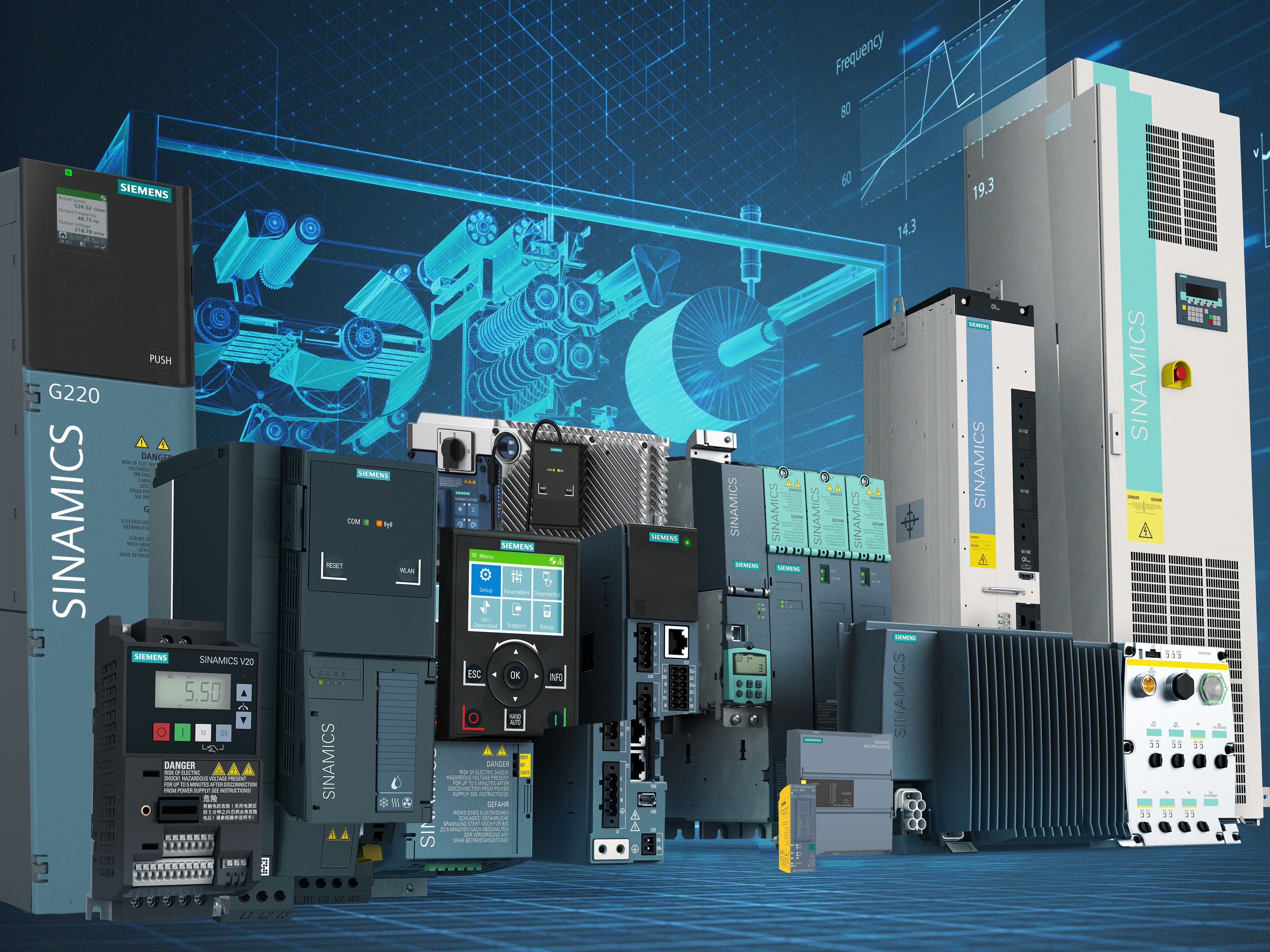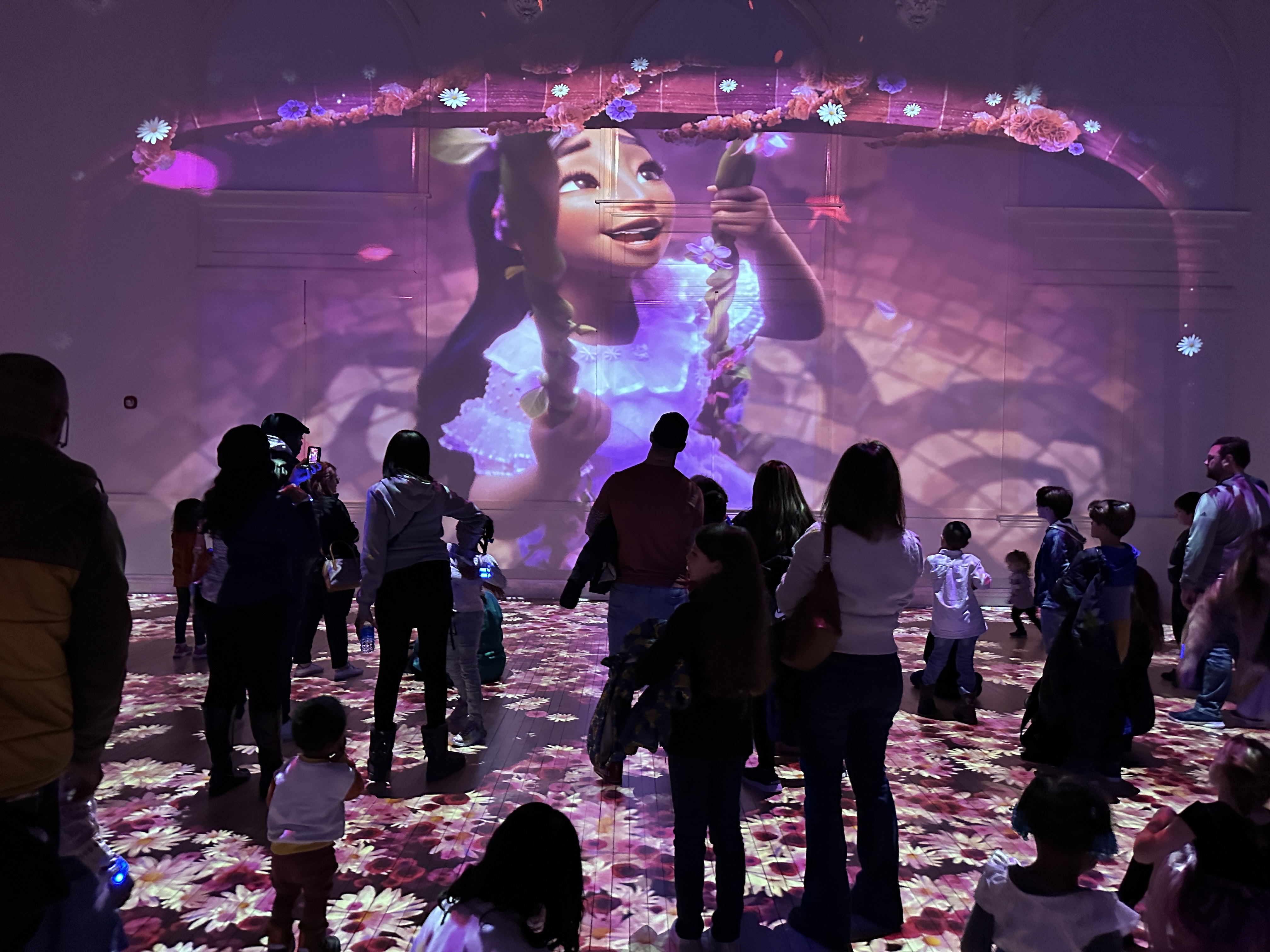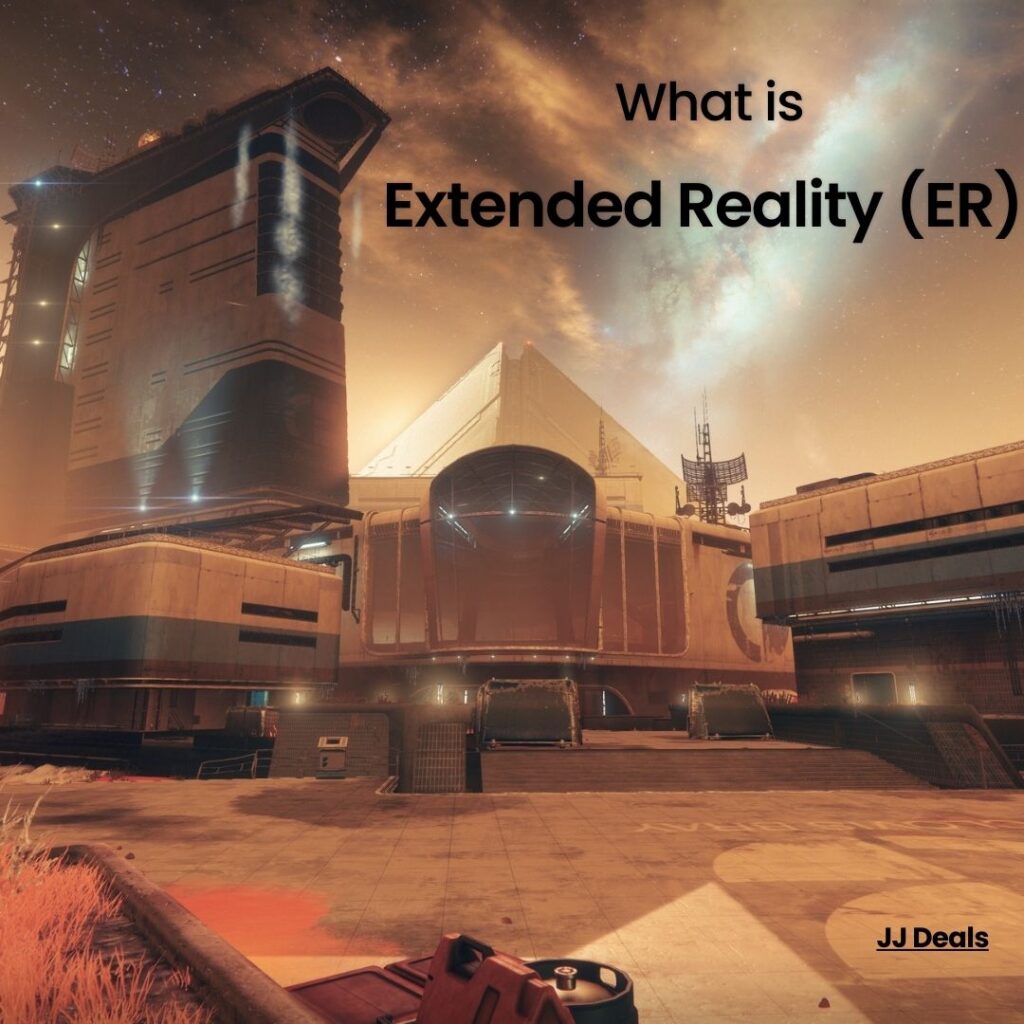What is Extended Reality: Know it All
What is Extended Reality (XR)?
Extended reality (XR) is a catch-all term for all immersive technologies that blend the real and virtual worlds. It includes augmented reality (AR), virtual reality (VR), and mixed reality (MR).
- Augmented reality (AR) overlays digital information on top of the real world, such as a game character that appears to be walking alongside you.
- Virtual reality (VR) creates a completely immersive experience, blocking out the real world and immersing you in a virtual world.
- Mixed reality (MR) combines AR and VR, allowing you to interact with both the real and virtual worlds.
XR is still a developing technology, but it has the potential to revolutionize many industries, such as healthcare, education, and entertainment.
(Osmotics SkinCare™ is a Global Anti-Aging Beauty Brand.)
Benefits of Extended Reality
The benefits of XR include:
1. Immersive learning
XR can be used to create immersive learning experiences that are more engaging and effective than traditional methods.
Here are some examples of how Extended Reality can be used to create immersive learning experiences:
- Virtual field trips: Extended Reality can be used to create virtual field trips to places that would otherwise be inaccessible to students, such as historical sites, natural wonders, or even outer space. This can help students learn about different cultures and the world around them in a more engaging and interactive way.
- Simulations: Extended Reality can be used to create simulations of real-world events or situations, such as a medical procedure or a natural disaster. This can help students learn about these events and how to respond to them in a safe and controlled environment.
- Problem-solving: Extended Reality can be used to create problem-solving exercises that require students to use their critical thinking skills. This can help students learn how to solve problems in a creative and innovative way.
- Collaboration: Extended Reality can be used to create collaborative learning experiences where students can work together to solve problems or complete tasks. This can help students learn how to work effectively with others and develop their teamwork skills.
- Assessment: Extended Reality can be used to create assessments that are more engaging and interactive than traditional tests. This can help students learn more effectively and improve their retention of the material.
These are just a few examples of how XR can be used to create immersive learning experiences. As the technology continues to develop, we can expect to see even more innovative and exciting applications for XR in education.
Here is a specific example of how XR is being used in education today:
- The University of Southern California is using XR to create a virtual anatomy lab for medical students. The lab allows students to explore the human body in 3D and interact with it in a way that is not possible in a traditional anatomy lab. This has helped students to learn anatomy more effectively and improve their understanding of the human body.

2. Remote collaboration
Extended Reality (XR) can be used to collaborate with people from anywhere in the world, as if they were in the same room.
here are some examples of how XR can be used for remote collaboration:
- Virtual meetings: XR can be used to hold virtual meetings where participants can see each other and interact with each other in a more natural way than traditional video conferencing. This can help to improve communication and collaboration between team members who are working remotely.
- Design reviews: XR can be used to conduct design reviews where participants can collaborate on a 3D model of a product or design. This can help to improve the efficiency and effectiveness of the design process.
- Troubleshooting: XR can be used to troubleshoot problems in a remote environment. For example, a technician can use XR to see and interact with a machine that is located in another city. This can help to save time and money by avoiding the need to travel to the machine.
- Training: XR can be used to provide training to employees who are working remotely. For example, a company can use XR to train employees on how to use a new piece of equipment or software. This can help to ensure that employees are properly trained even if they are not able to attend a traditional training session.
- Sales: XR can be used to sell products or services to customers who are located in different parts of the world. For example, a salesperson can use XR to show a customer a 3D model of a product or take them on a virtual tour of a property. This can help to improve the customer experience and close more deals.
These are just a few examples of how XR can be used for remote collaboration. As the technology continues to develop, we can expect to see even more innovative and exciting applications for XR in this area.
Here is a specific example of how XR is being used for remote collaboration today:
- The automotive company Ford is using XR to collaborate with its suppliers on the design of new cars. The company has created a virtual design studio where engineers from different countries can work together on the same 3D model of a car. This has helped to improve communication and collaboration between the engineers and has sped up the design process.

3. Enhanced productivity
XR can be used to improve productivity by automating tasks and providing real-time information.
here are some examples of how XR can be used to improve productivity:
- Automating tasks: XR can be used to automate tasks that are currently done manually. For example, a company can use XR to automate the process of inspecting products or the process of assembling products. This can help to improve efficiency and accuracy, and it can also free up employees to focus on more important tasks.
- Providing real-time information: XR can be used to provide real-time information to employees, such as instructions, diagrams, or data. This can help employees to make better decisions and to work more efficiently. For example, a factory worker can use XR to see instructions for assembling a product or to see a 3D model of the product.
- Augmenting reality: XR can be used to augment reality, which means overlaying digital information on top of the real world. This can be used to provide employees with information about their surroundings, such as safety hazards or equipment status. For example, a construction worker can use XR to see the location of electrical wires or to see the weight capacity of a scaffold.
- Virtual training: XR can be used to provide virtual training to employees. This can be done by creating simulations of real-world tasks or by providing employees with access to 3D models of equipment or products. This can help to improve employee training and reduce the risk of accidents.
- Remote assistance: XR can be used to provide remote assistance to employees. This can be done by allowing a remote expert to see what the employee is seeing and to provide instructions or guidance. This can help to improve employee productivity and reduce the need for travel.
These are just a few examples of how XR can be used to improve productivity. As the technology continues to develop, we can expect to see even more innovative and exciting applications for XR in this area.
Here is a specific example of how XR is being used to improve productivity today:
- The company Siemens is using XR to improve the efficiency of its factory workers. The company has created a virtual training simulator that allows workers to practice assembling products without having to risk making mistakes on the factory floor. This has helped to improve the accuracy and speed of the assembly process.

4. Improved safety
XR can be used to improve safety by providing training and simulating dangerous situations.
here are some examples of how XR can be used to improve safety by providing training and simulating dangerous situations:
- Safety training: XR can be used to provide safety training to employees. This can be done by creating simulations of dangerous situations, such as a fire or a chemical spill. This can help employees to learn how to react to these situations and to avoid accidents.
- Simulations: XR can be used to simulate dangerous situations so that employees can practice their skills in a safe environment. This can be done by creating virtual worlds that replicate real-world hazards. For example, a construction worker can use XR to practice working at heights without having to risk falling.
- Pre-deployment training: XR can be used to provide pre-deployment training to soldiers or other military personnel. This can be done by creating simulations of combat situations or other dangerous environments. This can help personnel to learn how to operate in these environments and to avoid accidents.
- Medical training: XR can be used to provide medical training to doctors, nurses, and other medical professionals. This can be done by creating simulations of surgical procedures or other medical interventions. This can help professionals to learn how to perform these procedures safely and effectively.
- Pilot training: XR can be used to provide pilot training to pilots. This can be done by creating simulations of flying different types of aircraft. This can help pilots to learn how to operate these aircraft safely and efficiently.
These are just a few examples of how XR can be used to improve safety by providing training and simulating dangerous situations. As the technology continues to develop, we can expect to see even more innovative and exciting applications for XR in this area.
Here is a specific example of how XR is being used to improve safety today:
- The company Chevron is using XR to train its employees on how to respond to oil spills. The company has created a virtual training simulator that allows employees to practice responding to oil spills without having to risk exposure to hazardous materials. This has helped to improve the safety of its employees and to reduce the risk of environmental damage.

5. Entertainment
XR can be used to create new and exciting entertainment experiences.
here are some examples of how XR can be used to create new and exciting entertainment experiences:
- Games: XR can be used to create new and immersive gaming experiences. For example, games like Pokemon Go use AR to overlay digital creatures onto the real world. Other games, like Half-Life: Alyx, use VR to create a completely immersive experience.
- Movies and TV: XR can be used to create new and immersive movie and TV experiences. For example, the movie “Avatar” used VR to create a more immersive experience for viewers. Other companies are experimenting with using AR to overlay digital information onto movies and TV shows.
- Music: XR can be used to create new and immersive music experiences. For example, the band Coldplay used AR to create a virtual concert that fans could attend from anywhere in the world. Other companies are experimenting with using VR to create concerts that feel like you’re actually in the audience.
- Sports: XR can be used to create new and immersive sports experiences. For example, the company NextVR is using VR to broadcast live sporting events. Other companies are experimenting with using AR to overlay digital information onto sporting events, such as stats or player information.
- Tourism: XR can be used to create new and immersive tourism experiences. For example, the company Google is using AR to create virtual tours of famous landmarks. Other companies are experimenting with using VR to create tours that allow you to experience different places without having to leave your home.
These are just a few examples of how XR can be used to create new and exciting entertainment experiences. As the technology continues to develop, we can expect to see even more innovative and exciting applications for XR in this area.
Here is a specific example of how XR is being used in entertainment today:
- The company Disney is using XR to create new and immersive experiences for its theme parks. The company has created a virtual reality experience that allows guests to explore the world of Star Wars. Other companies are experimenting with using AR to create interactive experiences that allow guests to interact with characters or objects in the real world.

Applications of Extended Reality
XR is being used in a variety of industries, including:
- Healthcare: XR is being used to train surgeons, simulate medical procedures, and provide therapy for patients with mental health conditions.
- Education: XR is being used to create interactive learning experiences, provide virtual field trips, and help students learn about different cultures.
- Entertainment: XR is being used to create games, movies, and other experiences that are more immersive and engaging than traditional media.
- Manufacturing: XR is being used to design products, train workers, and troubleshoot problems.
- Retail: XR is being used to help customers visualize products, try on clothes, and shop from anywhere in the world.
The Future of Extended Reality
The future of XR is bright. As the technology continues to develop, we can expect to see even more innovative and exciting applications for XR in the years to come.
Virtual Reality in Marketing: The Ultimate Guide to AR & VR
How to Use AI Tattoo Generator to Design Your Dream Tattoo

